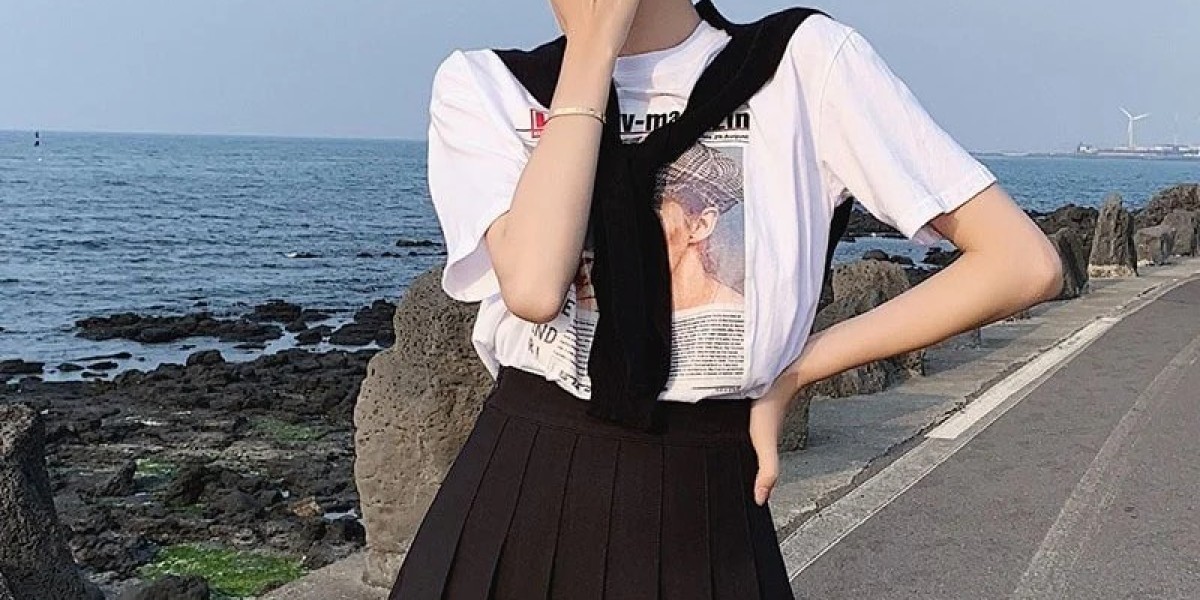Dark Academia is a subculture, aesthetic, and lifestyle movement that romanticizes classic literature, ancient academia, and gothic visuals. With deep roots in Western European classical education, this trend values intellectualism, mystery, melancholia, and vintage beauty. Whether it’s through the creaking wood floors of an old library or the subtle poetry of a handwritten letter, Dark Academia blends nostalgia with scholarly ambition.
The term itself fuses two key elements: “dark,” referencing moody, gothic, and sometimes morbid aesthetics, and “academia,” denoting a devotion to learning and scholarly pursuits. It’s not just an internet trend—it’s an atmosphere, a mindset, and a tribute to introspective living.
Origins of Dark Academia Culture
The Dark Academia draws inspiration from 19th and 20th-century European institutions, especially elite universities like Oxford and Cambridge. The culture romanticizes a world filled with candle-lit studies, Latin manuscripts, philosophical debates, and tweed jackets. Influences also come from classical art, Greek mythology, and literary works by authors like Oscar Wilde, Donna Tartt, and Mary Shelley.
Although the aesthetic surged on platforms like Tumblr and TikTok in the late 2010s and early 2020s, its ideological roots go much deeper. Gothic novels, Renaissance paintings, and Victorian poetry helped shape the aesthetic long before it had a name. The novel The Secret History by Donna Tartt is often seen as the literary backbone of the modern Dark Academia movement.
The Aesthetic of Dark Academia
Visually, Dark Academia is defined by muted tones, vintage fabrics, and antique decor. Think of weathered books, leather satchels, ivy-covered stone buildings, handwritten notes, and dim candlelight. The fashion staples include turtlenecks, wool blazers, loafers, pleated trousers, plaid skirts, and long trench coats—often in shades of brown, black, forest green, and deep burgundy.
The interior design echoes the same mood: cluttered bookshelves, baroque frames, aged maps, brass fixtures, and classical busts. Every object tells a story. Every detail pays homage to the romanticized past.
Literature and Learning in Dark Academia
At the core of Dark Academia is a deep reverence for learning. This isn't modern education through screens or PowerPoint slides—it's the traditional form of learning: dusty libraries, handwritten notes, and Socratic debates. Lovers of Dark Academia often find solace in reading poetry, studying philosophy, learning dead languages, and engaging in abstract thought.
Books play a central role. Literature from the Romantic and Victorian eras is particularly valued. Works by the Brontë sisters, Lord Byron, John Keats, and Edgar Allan Poe are read not just for knowledge but for emotional resonance. The goal is not simply to learn, but to feel through learning.
Music, Film, and Cultural References
Dark Academia has a rich tapestry of cultural influences. In music, classical composers such as Chopin, Debussy, and Tchaikovsky are frequently featured in curated playlists. Slow piano compositions or ambient soundtracks from old films amplify the moody and introspective atmosphere.
In cinema, certain films have become quintessential viewing for those immersed in the aesthetic. Dead Poets Society, Kill Your Darlings, and Maurice are often cited for their melancholic tone and academic setting. Each film reflects key themes of the subculture—friendship, loss, rebellion, and the pursuit of knowledge.
The Psychology Behind Its Popularity
Why has Dark Academia captivated so many, especially in the digital age?
Part of its appeal lies in its romanticization of a slower, more thoughtful world. In an era of instant gratification, Dark Academia offers introspection. Where modern life promotes productivity, this subculture invites one to reflect, to study for the sake of studying, and to find beauty in the obscure.
There’s also an emotional element. Dark Academia embraces themes of loneliness, nostalgia, and existential dread. Instead of avoiding darker emotions, it integrates them into its very fabric—giving a sense of comfort to those who feel disconnected in a hyper-commercial world.
Daily Life and Practices Within the Subculture
For those who live the Dark Academia lifestyle, it’s more than just an aesthetic—it’s a way of thinking and being. Daily habits include:
Reading classical literature or poetry
Writing by hand in journals
Drinking tea or black coffee in vintage mugs
Visiting old bookstores or libraries
Practicing calligraphy or learning Latin or Ancient Greek
Dressing in timeless, academic styles
There’s also a seasonal element. Autumn and winter are considered the high seasons for Dark Academia. The falling leaves, shorter days, and colder weather create the perfect backdrop for its moody ambiance.
Inclusivity and Criticism
Despite its popularity, the Dark Academia community has faced some criticism. Early versions of the aesthetic were often centered around Eurocentric ideals—Western universities, white protagonists, and classical European history. Critics have pointed out the lack of racial, cultural, and body diversity in the imagery often associated with the movement.
In recent years, however, there has been a shift. Many creators are now working to expand the boundaries of Dark Academia, incorporating diverse voices, non-Western intellectual traditions, and more inclusive interpretations of scholarly life.
The Future of Dark Academia
As more people seek meaning and authenticity in an increasingly digital world, the core ideals of Dark Academia—intellectual curiosity, artistic passion, and emotional depth—continue to resonate. Though the visual trends may evolve, the spirit of the subculture remains rooted in timeless values.
From traditional classrooms to online spaces, Dark Academia is no longer limited to ivy-covered buildings. It’s a mindset that can be embraced anywhere—so long as there's a love of learning and a longing for something deeper.
Conclusion
Dark Academia is more than just a visual style or internet trend. It’s a poetic way of engaging with the world—where beauty is found in knowledge, darkness is embraced with elegance, and every moment is a chance to learn. With its blend of classical aesthetics and philosophical thought, it invites individuals to slow down, reflect, and rediscover the romanticism of intellectual life.













